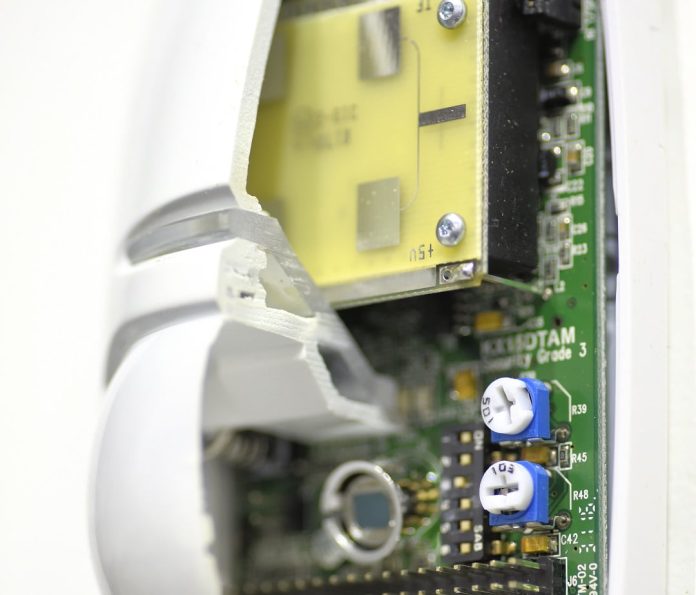Q: Is it worth using somewhat less sensitive dual detection technology to increase resistance to false alarms?
A: It doesn’t necessarily follow that a dual technology sensor is less sensitive to a genuine intrusion than a PIR – the reduction in sensitivity is to false alarm activation sources.
Dual technology sensors combine a pair of technologies that are sensitive to 2 different types of disturbance – microwave and passive infrared. In a genuine intrusion, both technologies will be activated more or less simultaneously.
PIR elements sense the level of IRE changing between zones over a set time at a set speed. There aren’t many environmental disturbances that mirror this sort of mammal movement – but heat sources, especially warm air currents, can spell trouble for PIRs. Microwaves work differently. They cover an area with a signal and then pick up variations between the signal sent and the signal reflected back. It’s called the Doppler shift. Microwave sensor technologies offer strong detection performance.
Something that makes dual technology sensors more robust is that while PIRs are sensitive to movement across their zones, microwave devices activate if they pick up a Doppler shift moving towards the sensor or away from it. A good dual technology sensor will also have performance enhancing features like mirror optic lenses, advanced signal processing, tamper and active IRE tamper protection.
#sen.news









